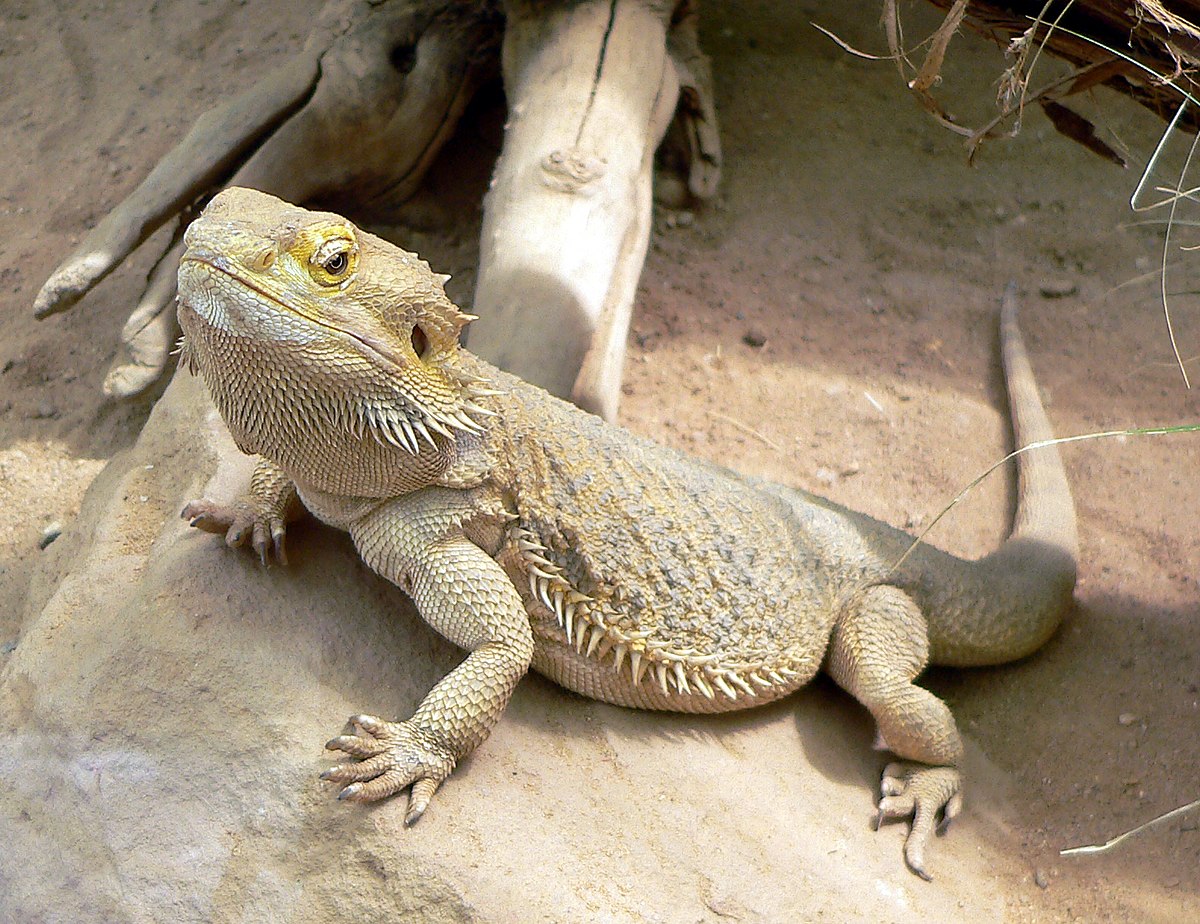Introduction
Bearded dragons, with their captivating appearance and fascinating behaviors, have long been a favorite among reptile enthusiasts. Within this community, there is a particular intrigue surrounding record-breaking specimens, especially when it comes to size. In this article, we explore the world’s largest bearded dragon, delving into its background, the factors influencing its size, notable records, and considerations for its care and management.
Background of Bearded Dragons
Taxonomy and Classification
The bearded dragon, scientifically known as Pogona, belongs to the family Agamidae, which includes various lizard species native to Australia. Within this genus, the most commonly kept species in captivity is Pogona vitticeps, known for its docile nature and striking appearance.
Natural Habitat and Distribution
Native to the arid regions of Australia, bearded dragons inhabit a range of habitats, including deserts, woodlands, and scrublands. They are primarily found in the eastern and central regions of Australia, where they rely on their adaptive traits to thrive in harsh environmental conditions.
Physical Characteristics
Bearded dragons are characterized by their relatively large size compared to other lizard species. On average, adults can reach lengths of 18 to 24 inches, with some exceptional individuals surpassing these measurements. They are distinguished by their broad, triangular heads, prominent beard-like throat pouches, and robust bodies covered in spiny scales.
Factors Influencing Size
Genetics
The size of bearded dragons can be influenced by genetic factors, with certain traits being inherited from parent specimens. Breeding practices aimed at selecting for larger individuals can result in offspring with enhanced growth potential, contributing to the development of exceptionally large specimens.
Nutrition and Diet
Diet plays a crucial role in determining the size and overall health of bearded dragons. A balanced diet consisting of live insects, leafy greens, and occasional fruits provides essential nutrients for growth and development. Adequate protein intake is particularly important for juvenile dragons, as it supports rapid growth and muscle development.
Environmental Conditions
The environmental conditions in which a bearded dragon is kept can also impact its size and overall well-being. Optimal temperature gradients and humidity levels within the enclosure promote healthy metabolic function and facilitate proper digestion. Additionally, providing adequate space for physical activity and enrichment encourages natural behaviors and contributes to overall fitness.
Notable Records and Specimens
Historical Precedents
Throughout history, several bearded dragons have achieved fame for their impressive size. Past record holders have included specimens measuring over 30 inches in length, captivating the imagination of reptile enthusiasts worldwide. These milestones have contributed to our understanding of the growth potential of bearded dragons in captivity.
Current Contenders
In recent years, new contenders for the title of the world’s largest bearded dragon have emerged, with documented measurements exceeding previous records. These specimens have garnered attention from both the scientific community and the general public, spurring discussions about the factors influencing their size and the implications for their care and management.
Recognition and Acclaim
The recognition of exceptionally large bearded dragons serves not only as a testament to their genetic potential but also as a source of inspiration for reptile enthusiasts and researchers alike. Media coverage and public interest in these record-breaking specimens have raised awareness about the diversity and complexity of reptile species and their conservation needs.
Care and Management Considerations
Husbandry Practices
Proper husbandry is essential for the health and well-being of bearded dragons, regardless of their size. Providing a spacious and enriching enclosure with adequate lighting, heating, and ventilation promotes natural behaviors and supports overall physiological function. Additionally, regular maintenance and cleanliness help prevent the spread of infectious diseases and ensure a safe living environment.
Diet and Nutrition
A well-balanced diet is crucial for meeting the nutritional needs of bearded dragons and promoting healthy growth. Offering a variety of live insects, leafy greens, and vegetables ensures that they receive essential vitamins, minerals, and macronutrients. Calcium and vitamin D supplementation are also important for maintaining strong bones and preventing metabolic disorders.
Health Monitoring
Regular health monitoring is essential for detecting and addressing potential issues early on. Common health issues in bearded dragons include respiratory infections, metabolic bone disease, and parasitic infestations. Routine veterinary examinations and diagnostic tests help identify health concerns and implement appropriate treatment plans to ensure the long-term well-being of these remarkable reptiles.
In conclusion, the world’s largest bearded dragon exemplifies the remarkable diversity and adaptability of reptile species. Understanding the factors influencing their size and implementing appropriate care and management practices are essential for promoting their health and well-being in captivity. By providing optimal environmental conditions, nutrition, and veterinary care, we can continue to appreciate and celebrate these extraordinary creatures.

